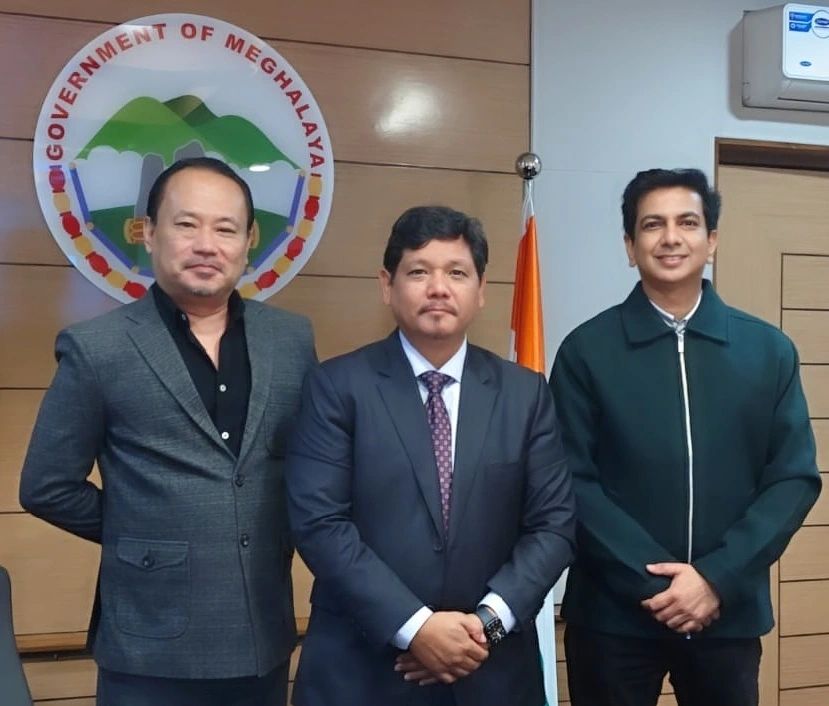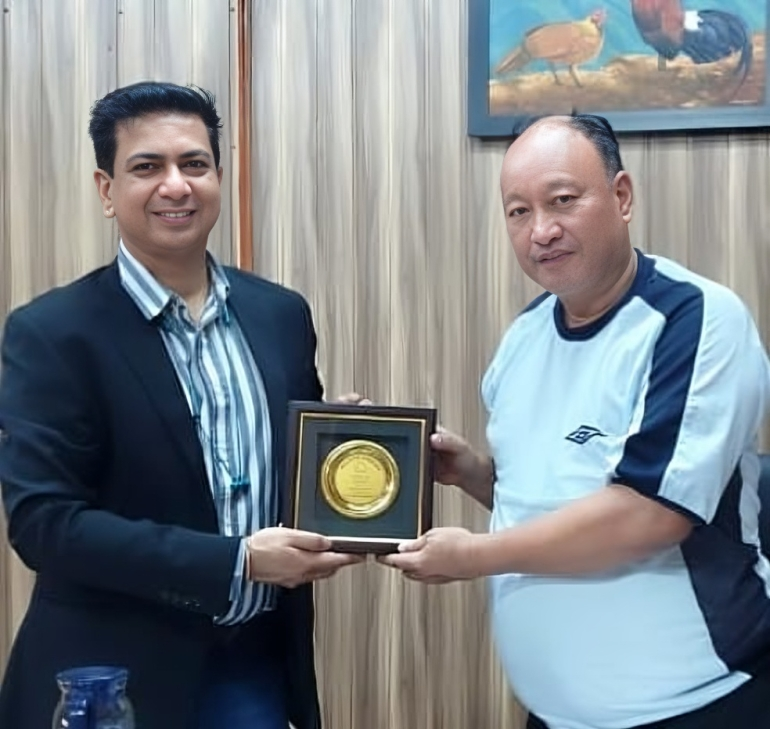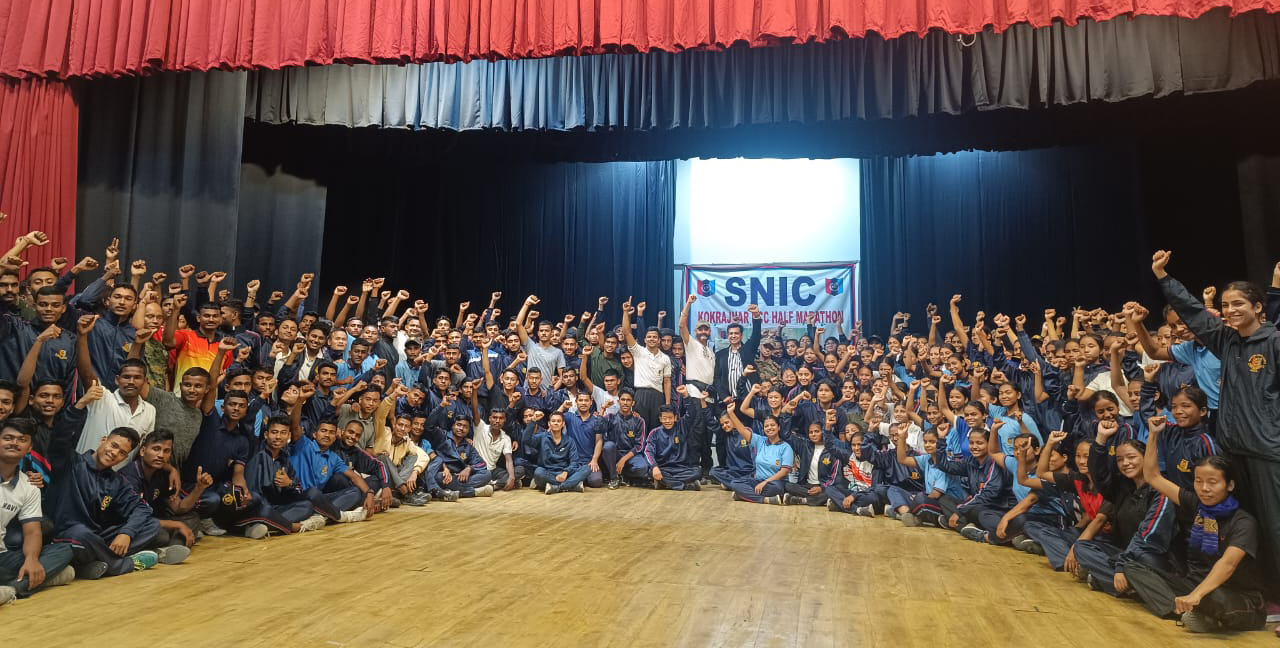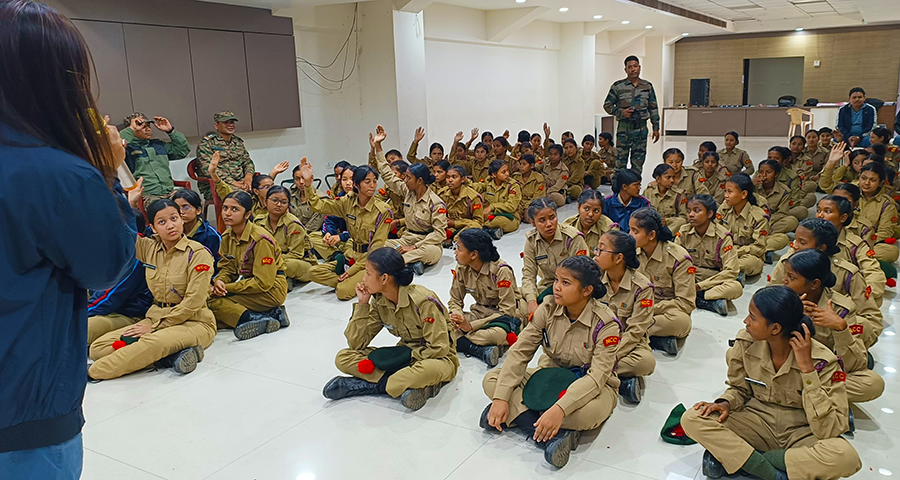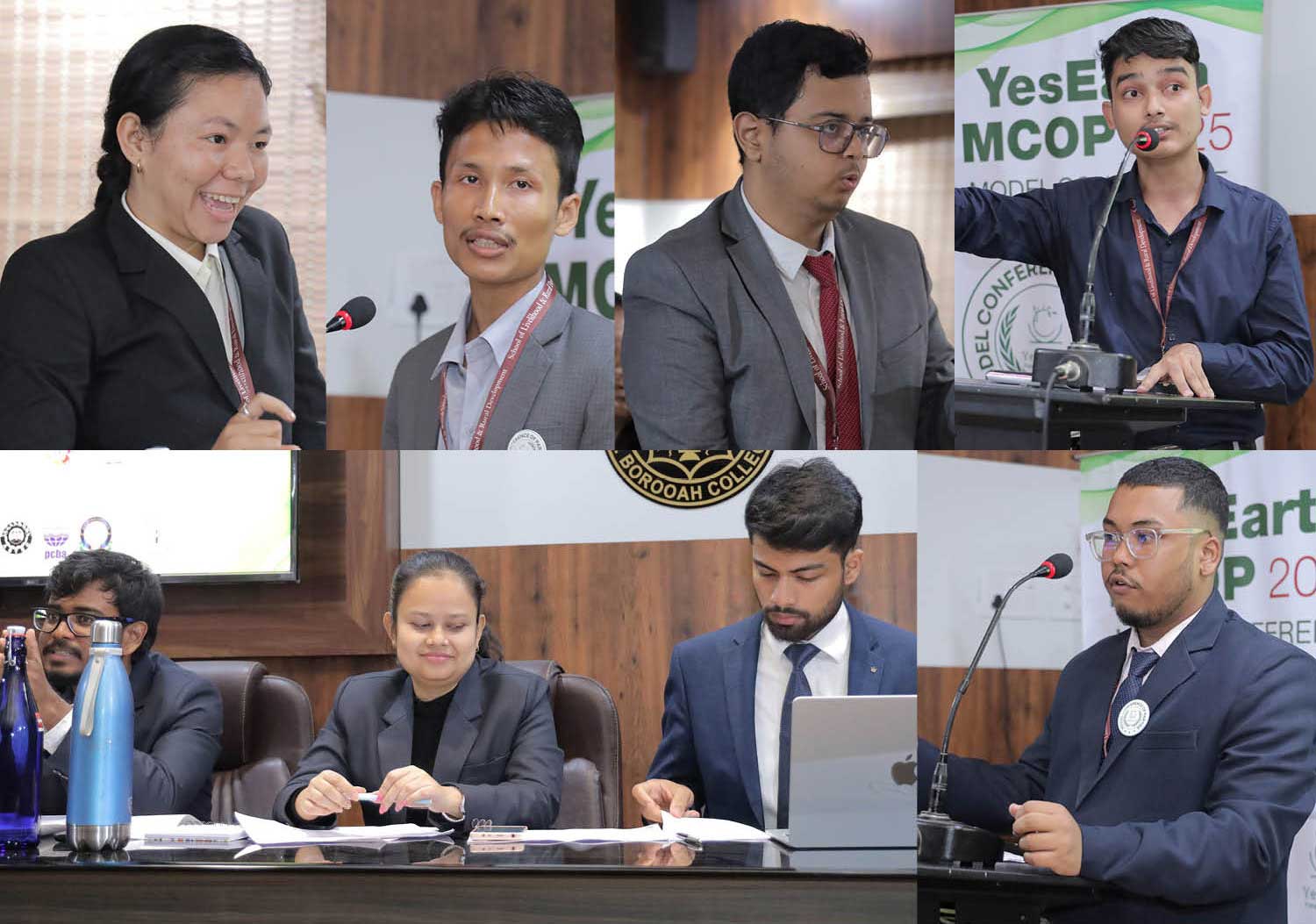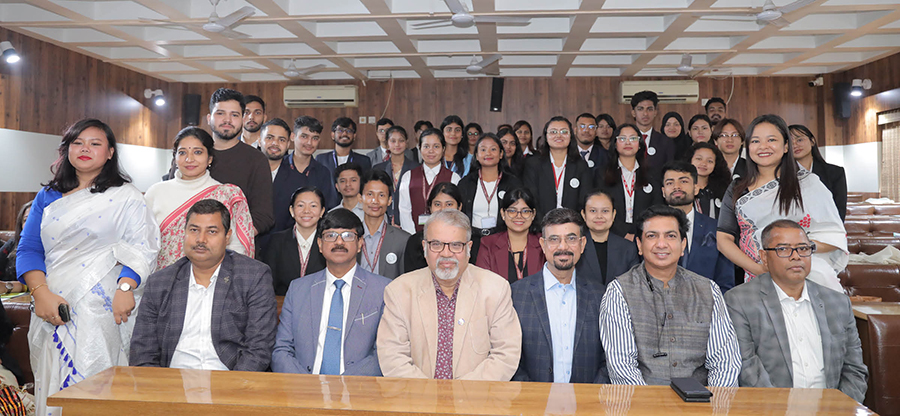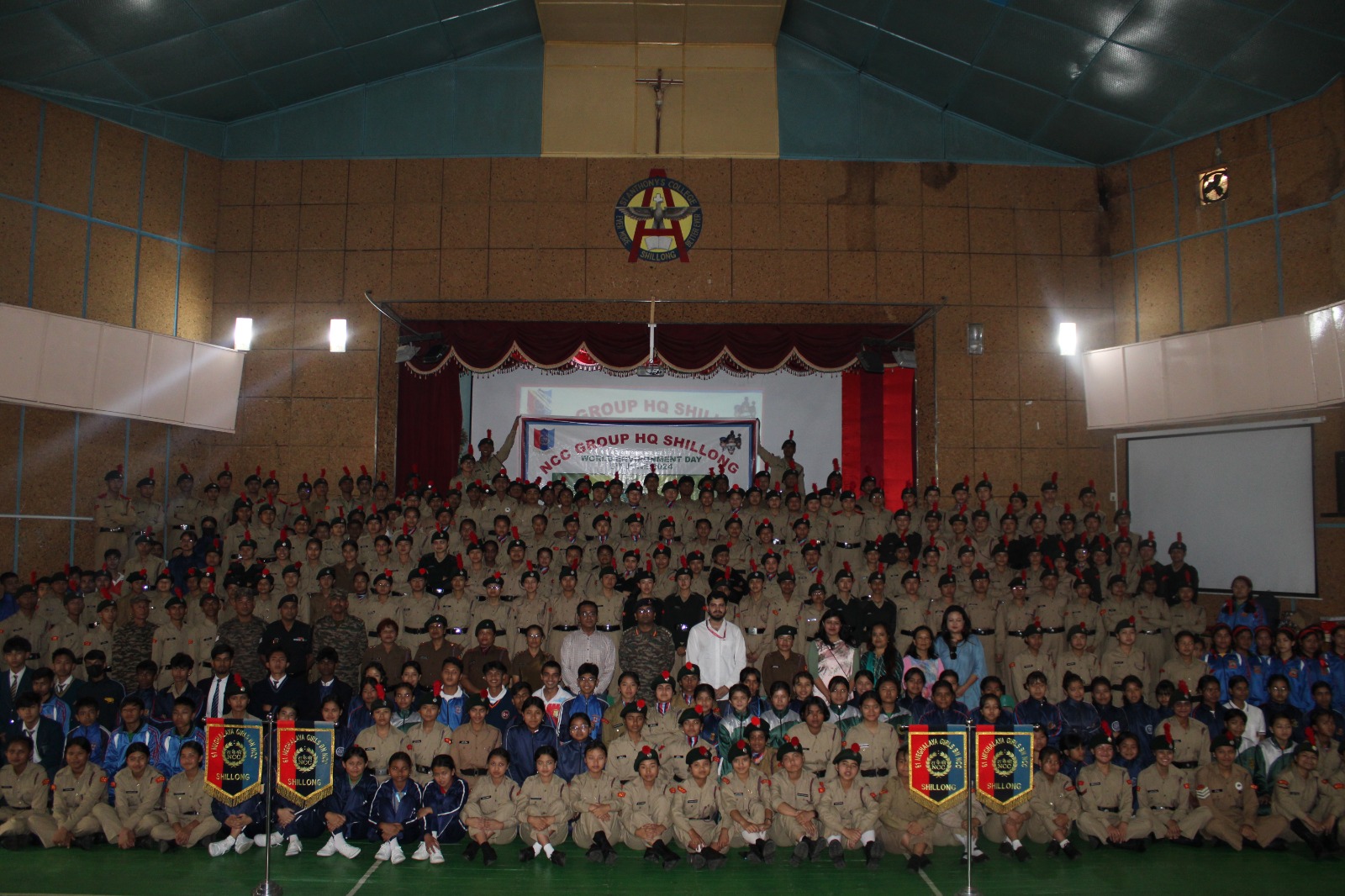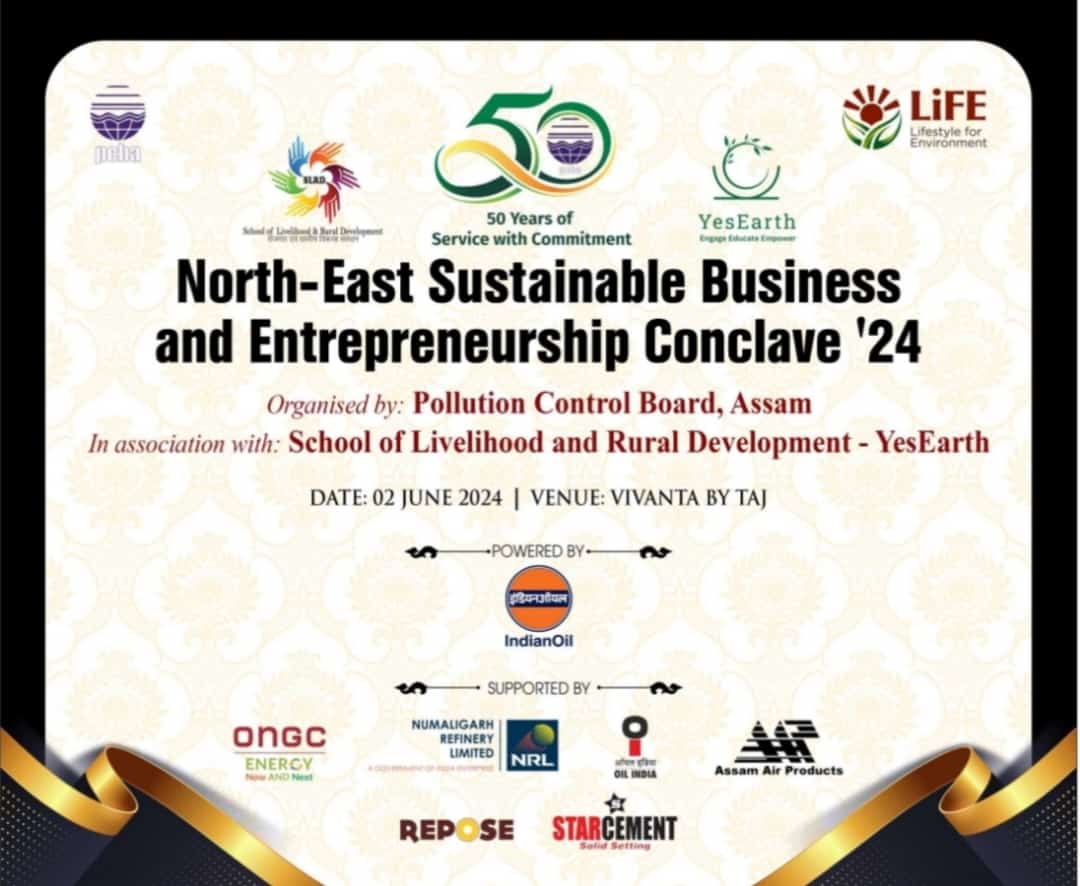The Legal Intervention Sought from the NGT to prevent habitat fragmentation within the Eco-Sensitive Zone (ESZ) of Pench Tiger Reserve MP, in privately owned land
INTRODUCTION:
This article examines the circumstances that prompted the author to seek legal intervention from the Hon’ble National Green Tribunal (NGT) following the exhaustion of official channels and the subsequent issuance of a favourable order dated 21.09.2023 in Original Application No. 92/2023 (CZ) by the Hon’ble NGT (CZ) Bhopal, the case argued by the author. The concern articulated pertains to the cessation of extensive habitat fragmentation of terrestrial and aquatic habitat on a large private land situated within 200 meters from the core area boundary(PA) of the Pench Tiger Reserve in Seoni, MP specifically within the eco-sensitive zone(ESZ) and the Khawasa buffer zone in the village of Awarghani, near the Touria gate. The Awarghani village is listed in the fringe area.
FOLLOWING ARE SHORT FACTS OF THE PROJECT:
Land measuring 7.19 hectares adjacent to the core area boundarywas purchased by ascheduled tribe(ST) personwith an existing pond (Nandu Talab area 1.5 hectare)to build anupscale luxury resort project. The land owner was backed by politically influential person and both individuals were not locals. Other adjacent lands were also purchased to enlarge the area. Nandu Talab is frequented by tigers and wild animals due its proximity to the forest and a natural stream. Farmhouses and lavish resorts are located nearby. After purchasing the land, the existing Nandu talab (pond) area 1.5 hectares was illegally excavated without any government permissions, using heavy earth moving machinery causing disturbance to wildlifeand the violation of the provisions of ESZ notification of Pench Tiger Reserve MP. High mudmound barriers (12ft. high) were landscaped from the extracted mud into a new border wall running across several acres facing the core area. The entire land along the core area boundary was fenced with prohibited high RCC and chain link fencing (over 7 ft. high). Deep open trench was also dug along the jungle side facing the natural stream which is at high risk of clogging due to siltation from the site. Few rooms with amenities were also built within 100 meters from the pond. Thus, the local area dynamics were artificially altered, preventing tigers and other wild animals, drinking from the already existing pond (Nandu talab) and permanently obstructing the existing tiger dispersal route, which affected tiger breeding habitat. Fragmentation of tiger habitat occurred in private land due to the conflicting land/water uses. The project attracted wide news print coverage.
COMPLAINTS THAT WERE PREVIOUSLY FILED WITH AUTHORITIES:
Citing wrongs and the necessity to minimize the negative impact of such activities on the fragile eco-system, there were several complaintsmade by the author to the concerned officials of the State and Centre Government for imposing ban on illegal aforementioned activities. Despite the Collector Seoni temporary stay order, illegal work at the site continued. Due to territorial jurisdictional issues related to forest administration in revenue areas of tiger reserve, despite the repeated objections from the tiger reserve authorities the stay order was lifted, and work resumed. Thereafter Hon’ble NGT intervention was sought. NGT constituted an expert committee and issued instructions for submitting reports following site inspections. SFRI Jabalpur was directed to submit a seasonal wildlife report. On expert committee’s request author was present during the site inspection.

